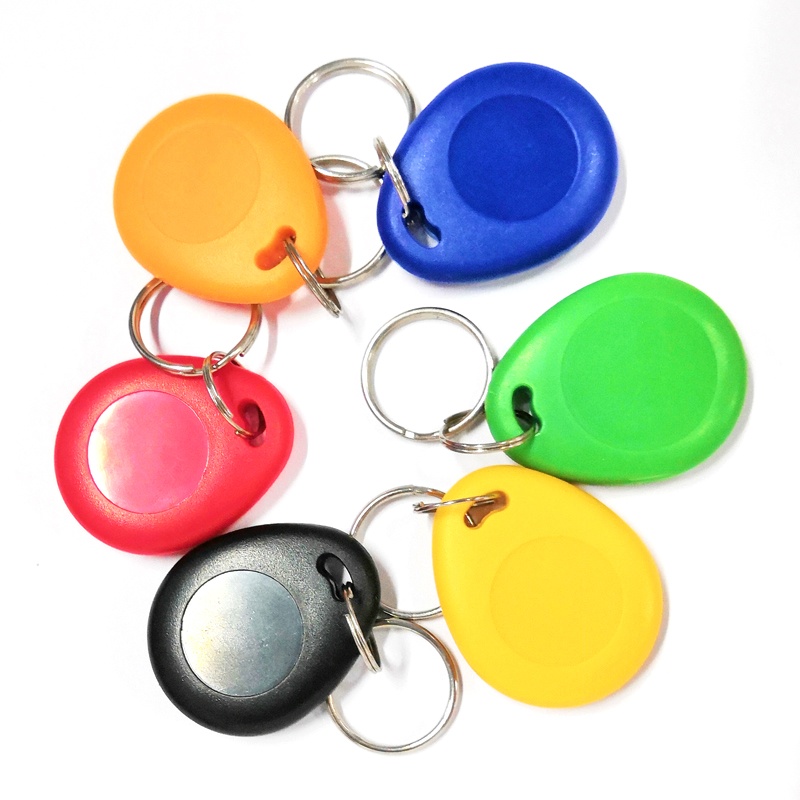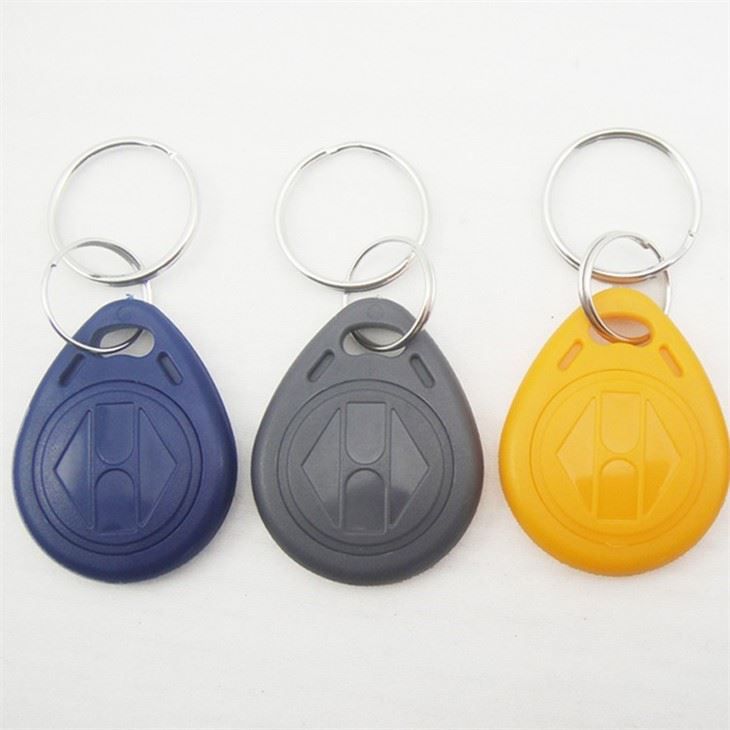The working principle of the RFID smart key fob is as follows:
The RFID chip on the key fob stores specific data, such as the identification information of the key or other personal information.
When the fob is brought close to the reader, the reader sends a wireless signal to the chip, activating it.
After the chip receives the signal, it will send the stored data to the card reader through the wireless signal.
After the card reader receives the data, it can be transmitted to other devices for processing, such as for applications such as access control systems or vehicle startup.
The advantages of RFID smart key fobs include:
Convenient and fast: Just put the key fob close to the card reader to complete operations such as authentication or unlocking, without physically inserting or turning the key.
Versatility: RFID chips can store multiple types of data and can be applied to different scenarios and systems.
Security: RFID technology can use encryption algorithm to protect data transmission and improve security.
Durability: Smart key fobs are usually made of durable materials that are somewhat waterproof and wear-resistant.
RFID smart key fobs are widely used in various fields, such as:
Access control system: used to control access to and from the access control area, only those with valid RFID smart key fobs can enter.
Vehicle start system: instead of the traditional physical key, the vehicle identity verification and start are carried out through the RFID smart key fob.
Book borrowing system: Libraries can use RFID smart key fobs to manage identity verification for borrowing and returning books.
Payment system: RFID smart key fob can be integrated with payment system to realize convenient contactless payment.
In conclusion, RFID smart key fob utilizes radio frequency identification technology to provide a convenient, safe and multifunctional key management solution, which is widely used in various fields.
Related Products







